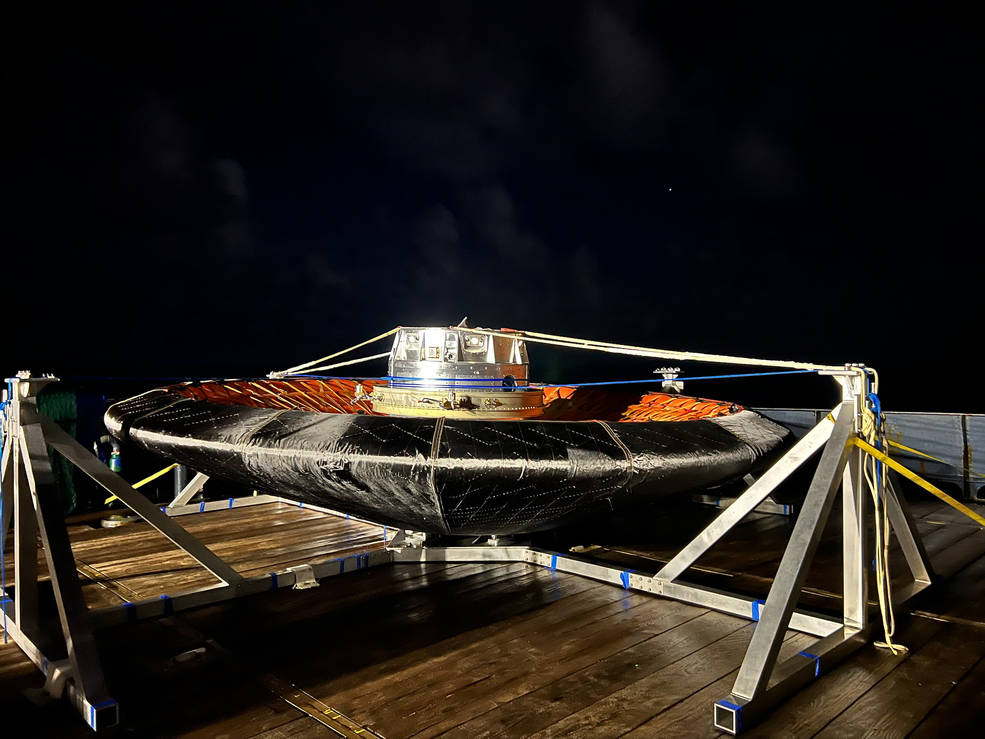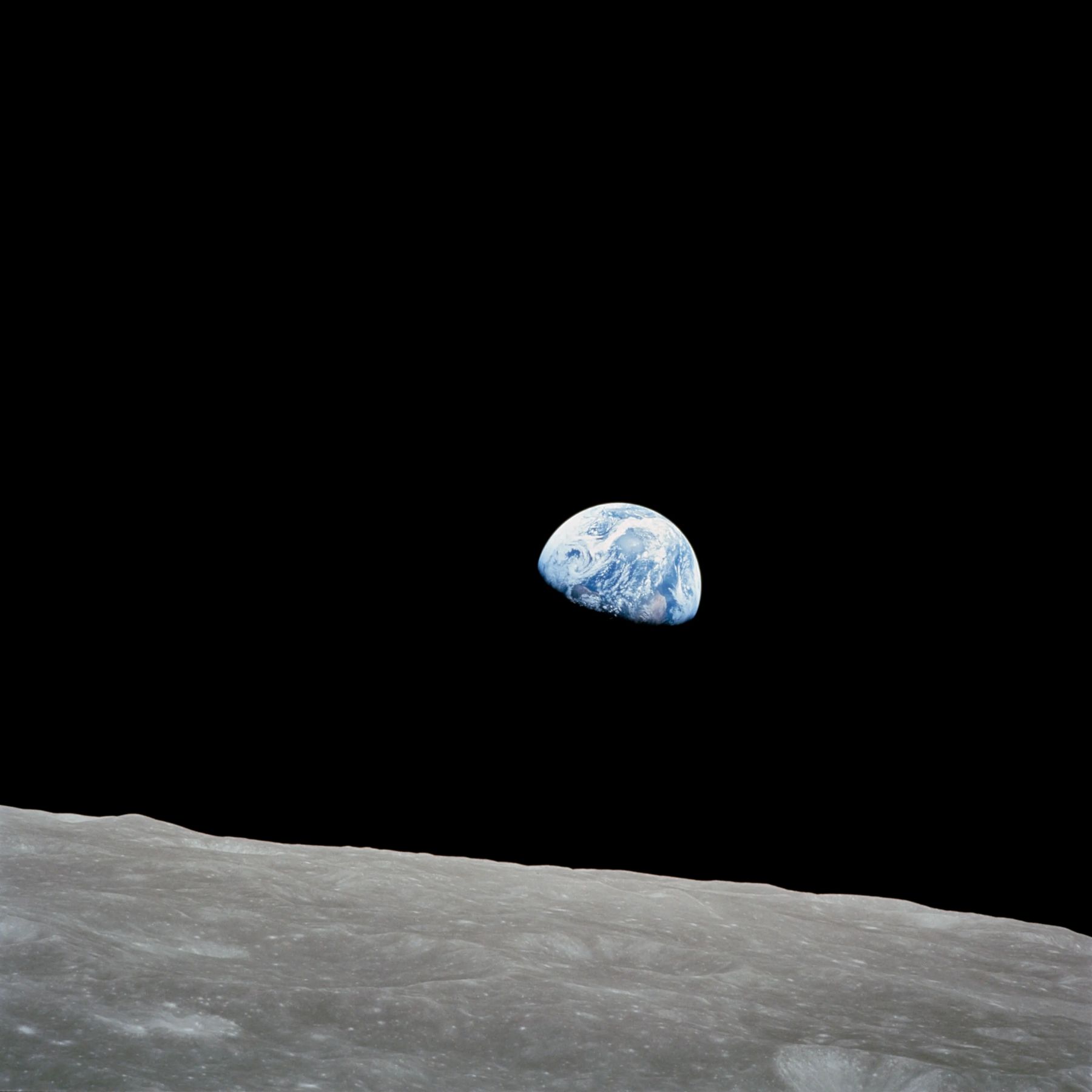NASA to Share First Results of Inflatable Heat Shield Technology Test

NASA will host a media briefing on Thursday, Nov. 17, at 2 p.m. EST to share early results from the Low-Earth Orbit Flight Test of an Inflatable Decelerator (LOFTID) technology demonstration.

Audio of the call will stream live on the agency’s website.
The LOFTID demonstration took place Nov. 10. About one hour after launch aboard a United Launch Alliance (ULA) Atlas V rocket, the LOFTID inflatable heat shield deployed and began its demonstration. As LOFTID inflated, the Centaur upper stage rocket spun up and released the heat shield, which then began its intense re-entry journey through Earth’s atmosphere. LOFTID splashed down in the Pacific Ocean at about 7 a.m.
The inflatable heat shield technology tested by LOFTID could improve landing capability on worlds with atmospheres, allowing the landing of heavier payloads and safe touchdown at higher altitudes than are currently accessible. The technology has potential applications for missions to Mars, Venus, Saturn’s moon Titan, and return of large payloads from low-Earth orbit.
Full study of LOFTID’s performance is expected to take about a year.
The team will share initial results of the demonstration during the call. The briefing participants are:
- Trudy Kortes, director of Technology Demonstrations, Space Technology Mission Directorate, NASA Headquarters
- Joe Del Corso, LOFTID project manager, NASA’s Langley Research Center
- John DiNonno, LOFTID chief engineer, NASA Langley
- Greg Swanson, LOFTID instrumentation lead, NASA’s Ames Research Center
Media will have the opportunity to ask questions of panelists. To participate, media must RSVP at least two hours prior to the virtual event to Roxana Bardan at: roxana.bardan@nasa.gov.
The LOFTID project is managed and funded through NASA’s Technology Demonstration Missions program, part of the agency’s Space Technology Mission Directorate. The project is led by NASA’s Langley Research Center in Hampton, Virginia, in partnership with ULA and with contributions from NASA’s Ames Research Center in Silicon Valley, Marshall Space Flight Center in Huntsville, Alabama, and Armstrong Flight Research Center in Edwards, California. NASA’s Launch Services Program, based at the agency’s Kennedy Space Center in Florida, managed the launch service.
For more information about LOFTID, visit:





